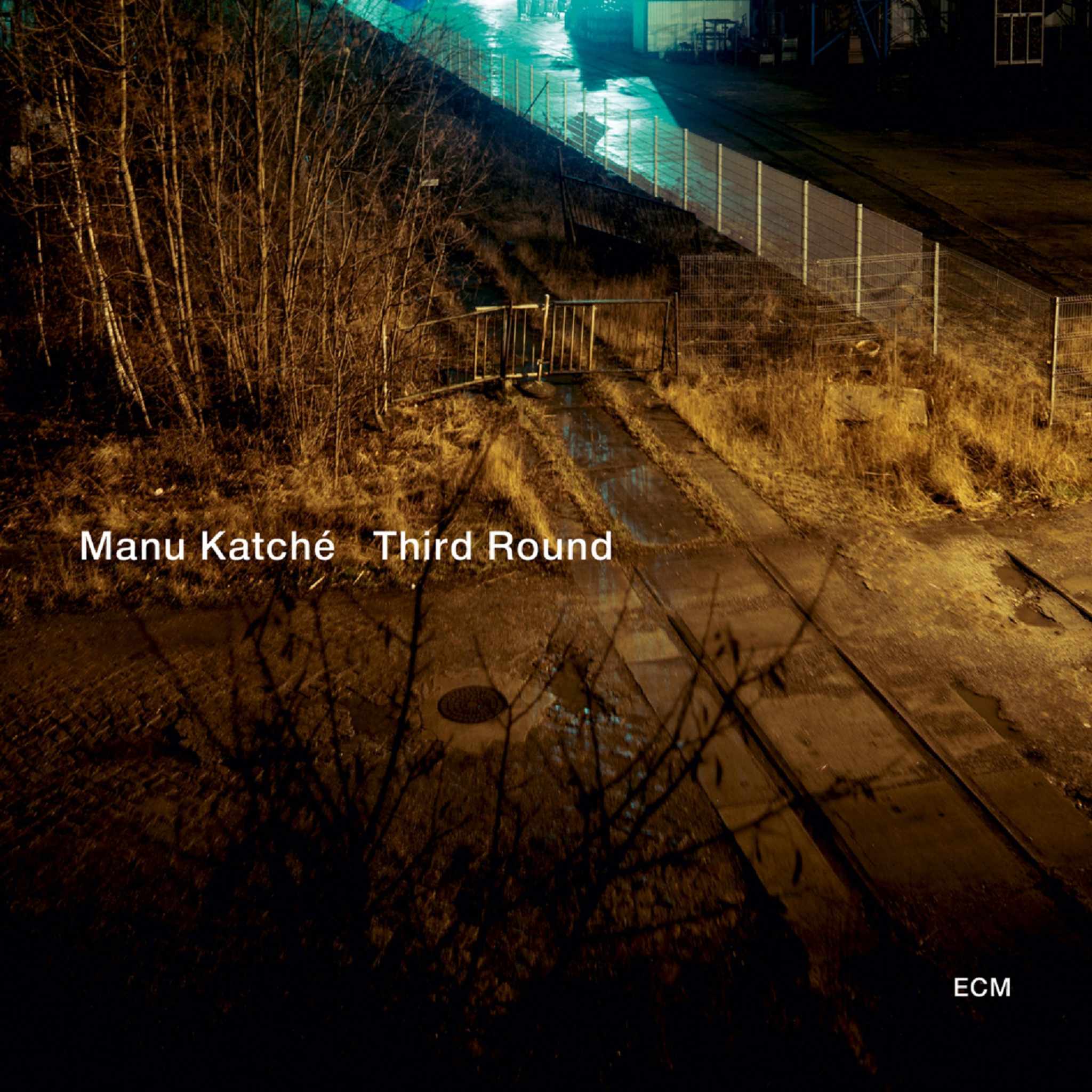Album insights
Henry Vieuxtemps, a Belgian violinist born in Verviers near Liège in 1820, received early instruction from his father who was a weaver and a part-time violin maker. Under the guidance of the renowned teacher Lecloux-Dejonc, Vieuxtemps made his concert debut at the age of six, catching the attention of the prominent musician and composer Charles de Bériot. After studying with Bériot in Brussels and debuting in Paris in 1829, Vieuxtemps collaborated with singer, pianist, and composer Pauline García, Bériot's sister-in-law. Following performances in various European cities, including Leipzig where he impressed Robert Schumann, Vieuxtemps debuted in London in 1834, an encounter where he also met Paganini.
Enthusiastic about honing his musical skills, Vieuxtemps absorbed composition techniques as he traveled worldwide as a virtuoso. In Vienna, he studied composition with Simon Sechter, while in Paris, he learned from Anton Reicha. Immersing himself in orchestration, he attended numerous orchestra rehearsals with scores in hand. During this period, he composed his Violin Concerto in F sharp minor. Vieuxtemps visited Russia in 1837, embarked on a concert tour of America in 1843-44, and got married to pianist Josephine Eder in 1844. Settling in St. Petersburg from 1846, he made significant contributions to the Russian violin school before retiring in 1879 due to health issues.
Returning to Brussels in 1871, Vieuxtemps began a teaching career, leaving a lasting impact and influencing prominent violinists like Eugène Ysaÿe. Despite a stroke affecting his bow arm and ending his performing career prematurely, Vieuxtemps continued teaching and conducting until moving to Algeria in 1879. He completed his final two violin concertos before passing away in June 1881, receiving an honorable burial in his hometown of Verviers.
Recognized as one of the key violin composers of the mid-19th century, Vieuxtemps integrated classical elements into his concertos instead of focusing solely on virtuosity. His Violin Concerto No. 2 in F sharp minor, op. 19, created in 1836, showcases his classical inspirations from Mozart and Beethoven. The subsequent Violin Concerto No. 1 in E major, op. 10, composed in 1840, represents a refined and expansive work, highlighting Vieuxtemps' musical prowess and compositional growth.
In addition to these grand concertos, Vieuxtemps displayed a different side of his creativity in compositions like "Greeting to America," op. 56, celebrating American and European musical influences. This lively piece, crafted posthumously, pays homage to American folk tunes, blending joyful variations with patriotic melodies in a vibrant composition that bridges continents and cultures.


